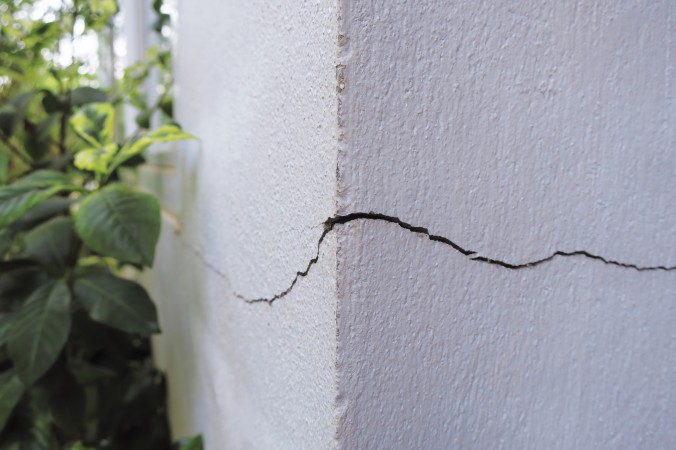- ACRYSTEX MS RESIN
- AGON®
- AMILAN™ PA
- BIFFA r-HDPE
- BIFFA r-PP COMPOUND
- CELANEX® PBT
- CELANYL® PA
- CLEARFLEX LLDPE
- CRASTIN
- DIAKON PMMA
- DISTRUPOL-PRECW
- DRYFLEX® CIRCULAR
- DRYFLEX® GREEN
- DRYFLEX® TPE
- DUTRAL®
- ECOMID® PA
- EGYEUROPTENE
- ELASTOLLAN TPU
- ELTEX MED
- ELTEX P POLYPROPYLENE
- ELVAKON PMMA
- ENTHOVEN RECYCLED PPC
- ERACLENE HDPE
- EUROPRENE®
- EVICOM PVC COMPOUNDS
- FLEXIRENE LLDPE
- FRIANYL® PA
- GREENFLEX EVA
- HY-VIN PVC COMPOUNDS
- HYTREL
- INEOS EBA
- INEOS EMAA
- INEOS LDPE
- INEOS LLDPE
- INEOS PP
- INEOS mLLDPE
- IPETHENE LDPE
- KEPITAL™ POM
- KIBILAC ASA
- KIBISAN SAN
- KIBITON Q-RESIN
- KIBITON TPE
- LG ABS
- LG ASA
- LG LUPOX PC/PBT
- LG LUPOY PC
- LG LUPOY PC/ABS
- LG LUPOY PC/ASA
- LG LUSEP PPS
- LG SAN
- MEDALIST TPE
- MEDIPRENE TPE
- MINLON PA
- MONPRENE TPE
- PEARLENE
- PHARMALENE PE & EVA
- PINNACLE HPP
- PINNACLE ICPP
- PINNACLE RCPP
- POLYCHIM PP
- POLYLAC ABS
- POLYREX PS
- PURGEX CLEANING COMPOUND
- PVOH (Polyvinyl Alcohol)
- RECYCL-IN
- RIBLENE LDPE
- RIGIDEX HDPE
- RIGIDEX MDPE
- RYNITE PET
- SARLINK TPV AND TPE
- THERMOFIL REINFORCED PP COMPOUNDS
- TORAYCON PBT
- TORELINA PPS
- TOYOLAC ABS
- TOYOLAC MABS
- TRIFILON BIOLITE
- TRIFILON REVO
- TRIFILON SWITCH
- WELLS PLASTIC ANTISTATICS
- WELLS PLASTICS ANTIBLOCKS
- WELLS PLASTICS ANTIMICROBIALS
- WELLS PLASTICS ANTIOXIDANTS
- WELLS PLASTICS BLOWING AGENTS
- WELLS PLASTICS FLAME RETARDANT MASTERBATCHES
- WELLS PLASTICS FRAGRANCES
- WELLS PLASTICS OXO BIODEGRADABLES
- WELLS PLASTICS PROCESSING AIDS
- WELLS PLASTICS PURGE AND CLEANING COMPOUNDS
- WELLS PLASTICS SLIP AGENTS
- WELLS PLASTICS UV STABILISERS
- WONDERLITE PC
- WONDERLOY PC/ABS
- ZYTEL PLUS
- ZYTEL HTN
- ZYTEL LCPA
- ZYTEL PA
- ZYTEL RS
Shape Memory Polymer
CO2 accounts for about 76 percent of total greenhouse gas emissions, making it the biggest culprit for accelerated global warming.
So, what’s the problem with greenhouse gasses?
Greenhouse gasses form a sort of barrier around the Earth. Heat from the sun can pass through this barrier to the surface of the Earth, which then warms the planet. However, high greenhouse gas levels mean that some of this heat cannot radiate back out into the atmosphere, leaving it no choice but to return to the Earth’s surface. This is otherwise known as the ‘Greenhouse Effect’.
This greenhouse effect causes accelerated global warming, which in turn creates a plethora of issues including wildfires and melting ice caps.
But where do CO2 emissions come from?
CO2 emissions, quite literally, come from everywhere. Transport, agriculture, industrial processes, construction, consumer / residential – nearly everything creates carbon dioxide.
Circling back to construction though - concrete production is a major source of CO2 emissions, accounting for 1.5% of all emissions in the UK (8% globally). Concrete is an integral material for buildings, both the erection and maintenance of.
Problem: concrete commonly cracks (due to internal shrinkage and strength battles). This then needs to be reinforced to maintain the structure’s strength, requiring more concrete to rectify, and therefore producing even more CO2 emissions.
With material supply from Distrupol, innovative UK researchers have come up with a plastic-based CO2 emission-reducing solution.
>>> Shape memory polymer: manufactured at the University of Bradford for an EPSRC funded project together with the universities of Cardiff, Cambridge and Bath.
Built into the concrete and armed with sensors, the shape memory polymer can contract and pull concrete back into place when cracks appear. This reduces the need for repair interventions, increases building lifetime and helps to reduce CO2 emissions.

© 2025 Distrupol. All rights reserved.